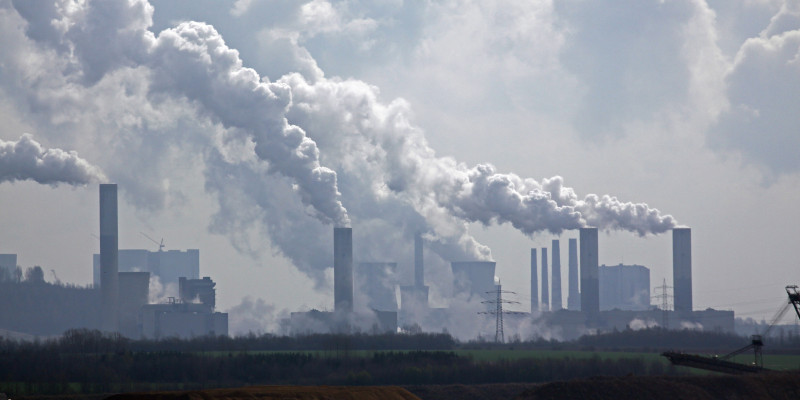
The greenhouse gas-neutral economic system of the future will continue to rely on hydrocarbons, for example in the chemical industry for the production of plastics or in aviation and maritime transport for the production of synthetic fuels. The carbon will be sourced from a new carbon circular economy but mainly from the atmosphere. The energy needs to come from fully renewable sources.
The techniques used for “Carbon Capture and Utilization“ (CCU) must be developed and promoted now. These are the findings of a recent study by the German Environment Agency (UBA). It states that CCU is not meant to be a substitute for greenhouse gas mitigation when capturing fossil carbon emissions, including unavoidable emissions. If fossil carbon is captured by means of CCU and used elsewhere, this CO₂ always enters the atmosphere at the end of the use chain, regardless of the number of subsequent uses.
The climate crisis requires use to reduce greenhouse gas emissions zero very soon. Extraction and burning of carbon from the earth needs to stop as quickly as possible. Germany aims to achieve greenhouse gas neutrality by 2045, Europe by 2050. The highest priority in terms of the precautionary principle is therefore to avoid the generation of carbon dioxide and other greenhouse gas emissions. By switching to renewable energies the complete avoidance of energy-related greenhouse gas emissions is possible.
Not only do industrial processes need to be converted to fully renewable energy sources, but production processes must also be converted and developed to make use of non-fossil raw materials. We mus also reduce to the greatest possible extent the greenhouse gas emissions that are produced in the industrial manufacturing process of steel, for example. CCU measures with fossil carbon are no substitute for this mitigation. Unavoidable greenhouse gas emissions from industrial processes such as cement or glas production can be captured via CCU and find a longer use in other products bevor being released into the atmosphere. These emissions and other unavoidable emissions for example from agriculture must be offset This should be done by additional capture of atmospheric carbon and its long-lasting sequestration in forests or peatland. These sinks need to be stabilised and new ones created, for example through reforestation.
Based on current knowledge, hydrocarbons will be needed in the long term even in an efficient and greenhouse gas-neutral economic system, whether in synthetic fuels or for plastics. The future carbon cycles can only be lastingly closed in the long term by removing carbon from the atmosphere.
In the long term, CCU will become an essential part of future economies. We must now develop the technology to meet the requirements of that future. Techniques such as carbon removal from the atmosphere must be promoted today so that they are available later in adequate measure. In order to use CCU in a climate-friendly way, a complete system of renewable electricity – national, European and global – must be built up quickly as CCU technology itself requires a lot of energy.
Publications
Contribution to the discussion on the evaluation of Carbon Capture and Utilisation
Source
Umwelbundesamt, press release, 2021-11-18.
Supplier
Share
Renewable Carbon News – Daily Newsletter
Subscribe to our daily email newsletter – the world's leading newsletter on renewable materials and chemicals









